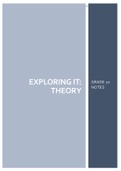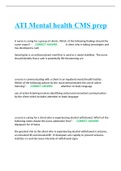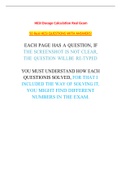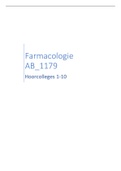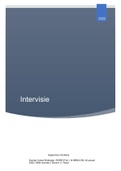Summary
Summary Grade 10 IT Theory IEB Notes
A fully comprehensive summary to ace Grade 10 IEB IT theory! Everything you need is included and every chapter fully is summarised in an easy to study manner. It helped me to achieve 90% for IT theory in Grade 10 and hopefully it helps you. It includes everything on the IT SAGs document and more!
[Show more]
